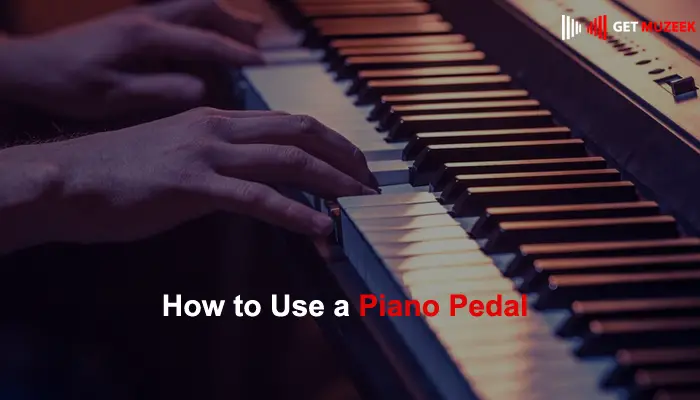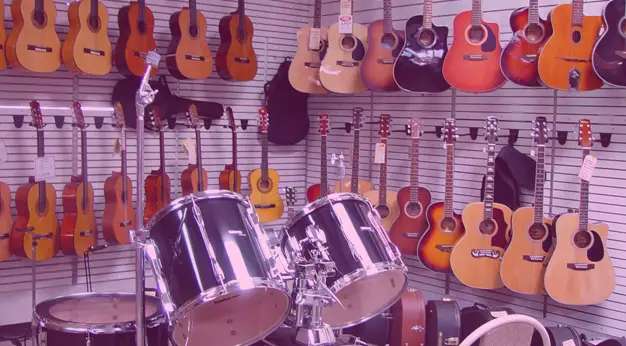
Playing the piano is a delightful experience, and the piano pedal adds depth and richness to your musical performance. Understanding how to use a piano pedal properly is essential for creating beautiful and expressive music.
In this comprehensive guide, we will explore the different types of piano pedals, their functions, and techniques to master the art of pedaling. Whether you’re a beginner or an experienced pianist, this article will help you elevate your piano playing to new heights.
Understanding the Piano Pedal
The piano pedal, located at the base of the piano, is an essential component that allows the pianist to manipulate the sound produced by the instrument. It works by altering the resonance and sustain of the notes played. By understanding how to use the piano pedal effectively, you can create a more expressive and dynamic performance.
Types of Piano Pedals
Pianos generally have three pedals: the sustain pedal, the soft pedal, and the sostenuto pedal. Each pedal serves a specific purpose and provides unique tonal effects. Let’s explore each of these pedals in detail.
The Sustain Pedal
The sustain pedal, also known as the damper pedal, is the most commonly used pedal on the piano. When pressed, it lifts all the dampers off the strings, allowing the notes to resonate freely even after the keys are released. This creates a sustained sound that adds depth and richness to the music. The sustain pedal is usually operated with the right foot.
Proper technique for using the sustain pedal involves pressing it down with the ball of your foot and releasing it smoothly to avoid abrupt changes in sound. It’s important to listen carefully to the desired effect and adjust the pedal accordingly.
The Soft Pedal
The soft pedal, also called the una corda pedal, is located on the left side of the pedal assembly. When pressed, it shifts the entire piano action to the right, causing the hammers to strike fewer strings. This produces a softer and more muted sound, ideal for creating a delicate and intimate atmosphere. The soft pedal is typically operated with the left foot.
To use the soft pedal effectively, apply gentle pressure to engage it gradually. Experiment with different levels of softness to achieve the desired effect.
The Sostenuto Pedal
The sostenuto pedal is the least commonly used pedal among the three. Positioned in the middle, it allows specific notes to sustain while other notes played afterwards are unaffected. This pedal is beneficial when you want to sustain certain tones while keeping others clear and distinct. The sostenuto pedal is usually operated with the right foot.
To engage the sostenuto pedal, press it down immediately after playing the desired notes. The dampers for those notes will lift and sustain, while the other notes played afterwards will not be affected. Release the pedal to disengage the sostenuto effect.
Proper Technique for Using the Piano Pedal
Mastering the proper technique for using the piano pedal is crucial for achieving a controlled and expressive performance. Follow these tips to improve your pedaling skills:
- Half-Pedaling: Instead of pressing the pedal fully, experiment with half-pedaling. This technique involves partially lifting the pedal to allow some dampers to touch the strings while others remain lifted. It creates a more nuanced and transparent sound.
- Listening: Train your ears to listen attentively to the changes in sound produced by the pedal. Pay attention to the decay of the notes and adjust the pedal accordingly to maintain clarity and musicality.
- Coordination: Develop coordination between your hands and feet to ensure seamless pedal transitions. Practice exercises that involve independent pedal movements while playing different musical passages.
- Expression: Use the pedal as a tool for expression. Experiment with different pedal techniques to evoke various emotions and moods in your music.
Common Mistakes to Avoid
When using the piano pedal, it’s important to be mindful of common mistakes that can affect the quality of your performance. Avoid the following pitfalls:
- Over-pedaling: Pressing the pedal excessively or for prolonged periods can result in a muddy and blurred sound. Remember to release the pedal at appropriate times to maintain clarity.
- Under-pedaling: Neglecting to use the pedal when necessary can lead to a lack of resonance and depth in your playing. Be attentive to the musical context and apply the pedal accordingly.
- Abrupt Pedal Changes: Sudden changes in pedal position can disrupt the flow of the music. Aim for smooth and gradual transitions to create a seamless sound.
Exercises to Improve Pedaling
To enhance your pedaling technique, incorporate these exercises into your practice routine:
| Exercise | Description |
| Legato Pedaling | Play a legato passage while sustaining the sound with the pedal. |
| Pedal Timing | Practice synchronizing pedal changes with hand movements. |
| Pedal Control | Experiment with half-pedaling to achieve a balanced sound. |
| Pedal and Dynamics | Explore the relationship between pedal usage and dynamics. |
| Pedaling Different Genres | Apply various pedal techniques to different musical styles. |
Frequently Asked Questions
Should I always use the sustain pedal when playing the piano?
While the sustain pedal is commonly used, it’s not necessary to use it all the time. Consider the musical context and use the pedal judiciously to enhance the overall sound.
How do I know when to release the sustain pedal?
Listen attentively to the sound. When the notes start to sound muddy or blurred, it’s time to release the pedal. Experiment and trust your ears.
Can I use the soft pedal to make my playing louder?
The soft pedal is designed to create a softer sound. If you need to increase the volume, it’s better to adjust your touch and technique rather than relying on the soft pedal.
How can I prevent my foot from slipping off the pedals?
Ensure that your shoes have proper traction. Consider using pedal covers or non-slip pedal mats to enhance grip and stability.
Can I use the sostenuto pedal instead of the sustain pedal?
The sostenuto pedal serves a different purpose and is not a substitute for the sustain pedal. Use the sostenuto pedal when you need specific notes to sustain while others remain unaffected.
Should I practice pedaling separately from playing the music?
Yes, practicing pedaling separately allows you to focus on refining your technique and coordination. Start with simple exercises and gradually incorporate pedaling into your repertoire.
Conclusion
Mastering the art of using a piano pedal is a skill that adds depth, expressiveness, and musicality to your playing. By understanding the different types of piano pedals, employing proper techniques, and avoiding common mistakes, you can elevate your piano performances to new heights.
Embrace the pedal as a powerful tool for expression, and with practice, you’ll unlock a world of rich and beautiful sounds. So, go ahead, experiment, and enjoy the journey of discovering the wonders of the piano pedal.
Related Posts:
- How to Play G on the Piano
- How to Play Wake Me up Avicii Guitar Chords
- How to Play Hallelujah Chords Guitar: A Comprehensive Guide
- How to Play Eight Days a Week Chords
- How to Play Taylor Swift “You Belong With Me” Chords



